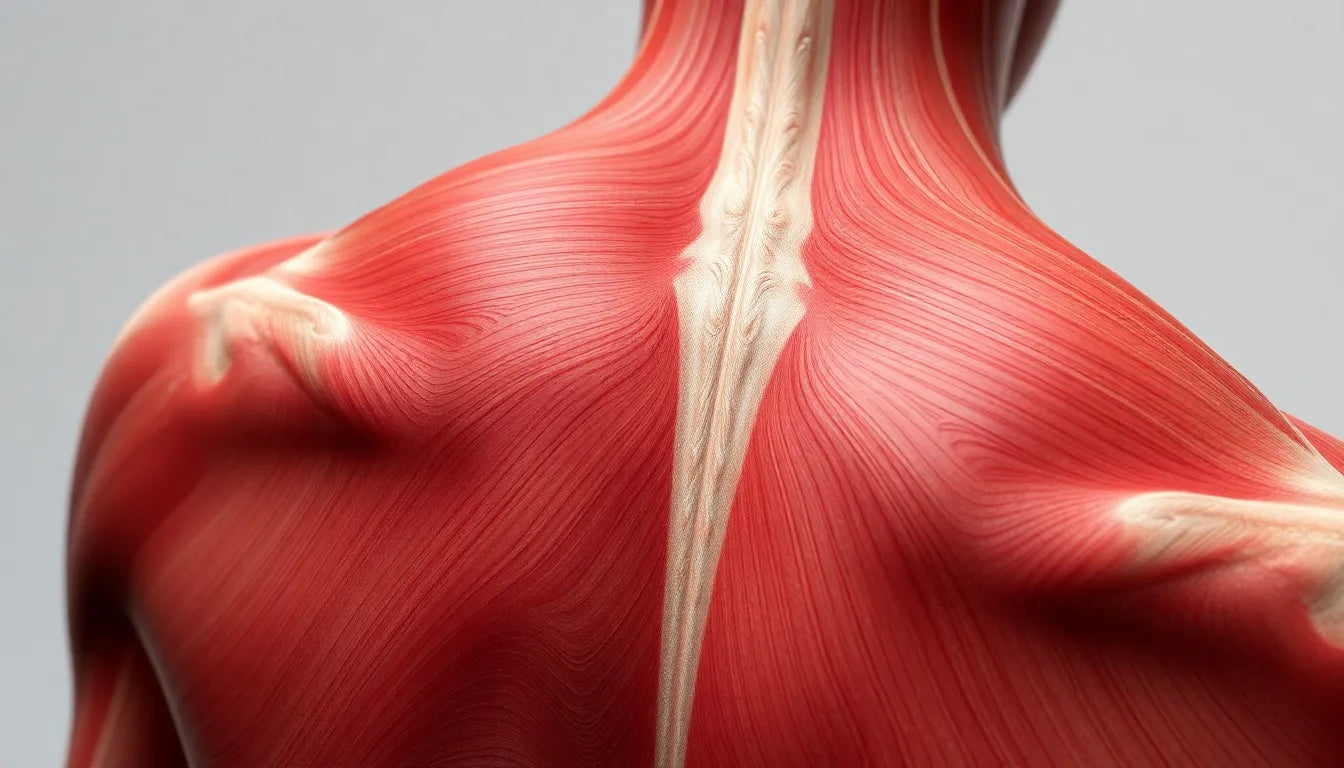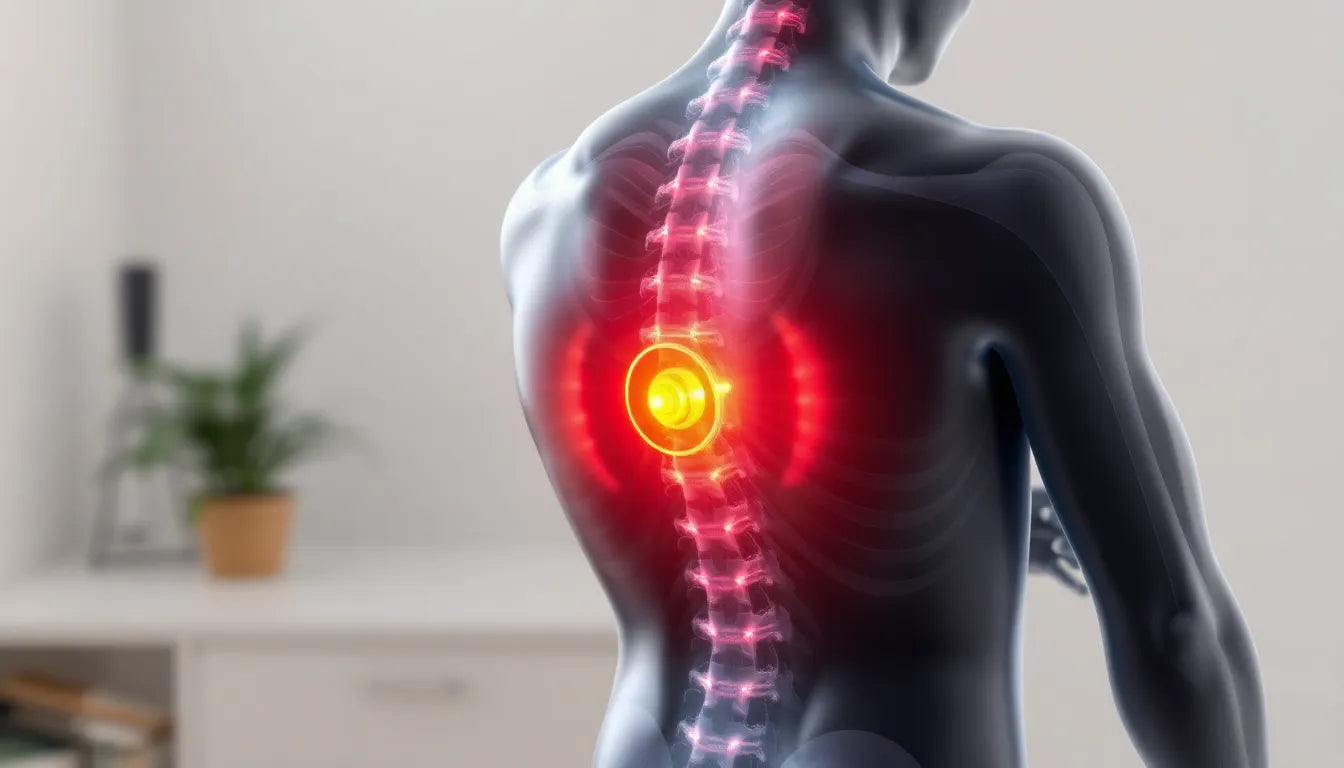Sciatica is a condition that affects millions of people worldwide, often causing significant discomfort and disruption to daily activities. Characterized by pain that radiates along the sciatic nerve, which runs from the lower back down through the hips and buttocks and into each leg, sciatica can make even simple movements a challenge. However, stretching can be a powerful tool in alleviating the discomfort associated with this condition, offering both immediate relief and long-term benefits.
Understanding sciatica
Sciatica occurs when the sciatic nerve becomes compressed or irritated. This can lead to a range of symptoms, including sharp pain, tingling sensations, and numbness that typically affects one side of the body. The causes of sciatica are varied, with common culprits including muscle tightness, such as piriformis syndrome, and spinal issues like herniated discs. These conditions can exert pressure on the sciatic nerve, leading to the characteristic pain and discomfort.
The importance of stretching
Stretching plays a crucial role in managing sciatica by targeting the muscles and structures that may be contributing to nerve compression. By focusing on key muscle groups such as the piriformis, glutes, and hamstrings, stretching can help alleviate pressure on the sciatic nerve and improve overall flexibility. This not only provides immediate relief from pain but also helps prevent future episodes by maintaining muscle elasticity and joint mobility.
Experts widely agree on the benefits of regular stretching for sciatica. Incorporating a routine of specific stretches into your daily life can help manage symptoms and promote healing. Stretching can enhance circulation, reduce muscle tension, and improve posture, all of which contribute to reducing the severity and frequency of sciatica flare-ups. By committing to a consistent stretching regimen, individuals can empower themselves to take control of their sciatica and improve their quality of life.
In conclusion, while sciatica can be a challenging condition to manage, stretching offers a simple yet effective solution for relief. By understanding the underlying causes and utilizing targeted stretches, individuals can unlock a path to comfort and mobility. In the following sections, we will delve deeper into specific stretches recommended by experts, providing detailed instructions to ensure safe and effective practice. Stay tuned to discover how you can incorporate these movements into your routine and experience the benefits firsthand.
Expert-recommended stretches for sciatica relief
To effectively manage sciatica, incorporating targeted stretches into your routine is essential. These stretches are designed to relieve tension in the muscles surrounding the sciatic nerve, providing relief from pain and discomfort. Here are some expert-recommended stretches that can help alleviate sciatica symptoms:
Figure 4 / piriformis stretch
The figure 4 stretch is a powerful move that targets the piriformis muscle, which, when tight, can compress the sciatic nerve. This stretch also engages the glutes, helping to alleviate nerve compression.
Benefits: This stretch is particularly effective in relieving sciatic nerve compression, reducing pain, and improving hip flexibility.
Instructions: Lie on your back with both feet flat on the floor. Cross your right ankle over your left knee, forming a figure 4 shape. Gently pull your left thigh towards your chest, feeling the stretch in your right hip and glutes. Hold for 20-30 seconds, then switch sides. Be sure to keep your lower back pressed into the floor to avoid strain.
Seated glute stretch
This stretch focuses on loosening the gluteal muscles and lower back, which can contribute to sciatic nerve pain when tight.
Benefits: By reducing tension in the glutes, this stretch can help decrease sciatic pain and enhance mobility.
Instructions: Sit on the floor with your legs extended. Cross your right leg over your left, placing your right foot flat on the floor beside your left knee. Twist your torso to the right, using your left arm to gently press against your right knee. Hold for 20-30 seconds, then switch sides. Modify by bending your left knee for added comfort if needed.
Seated/standing hamstring stretch
The hamstrings play a crucial role in lower back health. Stretching these muscles can relieve tension that might exacerbate sciatic nerve pain.
Benefits: This stretch improves flexibility in the hamstrings and lower back, reducing nerve tension and promoting better posture.
Instructions: For the seated version, sit on the edge of a chair with one leg extended straight and the other foot flat on the floor. Lean forward gently from the hips, reaching towards your toes. Hold for 20-30 seconds, then switch legs. For the standing version, place one foot on a low step or chair, keeping your leg straight. Lean forward gently, keeping your back straight. Avoid rounding your back to prevent strain.
Cobra / modified cobra stretch
The cobra stretch targets the lumbar spine and core, helping to alleviate pressure from herniated discs that may be pressing on the sciatic nerve.
Benefits: This stretch helps decompress the lower spine, reducing pressure on the sciatic nerve and improving spinal flexibility.
Instructions: Lie face down on the floor with your hands under your shoulders. Press through your hands to lift your chest off the ground, keeping your elbows slightly bent. Hold for 15-20 seconds, then lower back down. For a modified version, keep your forearms on the floor to reduce the intensity, especially if you're new to this stretch.
Understanding the mechanics and anatomy
Each of these stretches targets specific muscles and structures involved in sciatica. The figure 4 stretch, for instance, focuses on the piriformis muscle, a common source of sciatic nerve compression. The seated glute stretch works on the gluteal muscles, which can also contribute to nerve irritation when tight. Hamstring stretches are crucial because these muscles influence pelvic alignment and lower back health. Finally, the cobra stretch provides relief by extending the lumbar spine, which can alleviate pressure from spinal issues like herniated discs.
Safety considerations for stretching sciatica
While stretching can be highly beneficial, it's important to prioritize safety. Always listen to your body and stop any stretch that causes increased pain. Avoid bouncing or forcing a stretch, as this can lead to injury. If you're new to stretching or have severe sciatica, consult a healthcare professional to ensure these exercises are appropriate for you. Remember, stretching should be a comfortable and gradual process, aimed at enhancing your overall well-being.
Additional stretches for sciatica relief
Incorporating a variety of stretches into your routine can further alleviate sciatica symptoms by targeting different muscle groups and enhancing overall flexibility. Here are some additional stretches that can help relieve sciatic nerve discomfort:
Lumbar rotation/back flexion
This stretch focuses on the lower back and spine, helping to decompress areas that may be affecting the sciatic nerve.
Benefits: It can relieve tension along the sciatic nerve pathway, improving mobility and reducing pain.
Instructions: Lie on your back with your knees bent and feet flat on the floor. Gently lower your knees to one side, keeping your shoulders flat on the ground. Hold for 20-30 seconds, then switch sides. This stretch can be enhanced by gently turning your head in the opposite direction of your knees for a full spinal twist.
Knees-to-chest stretch
This simple stretch targets the lumbar and pelvic region, which can help reduce compression on the sciatic nerve.
Benefits: It eases lower back tension and promotes relaxation of the surrounding muscles.
Instructions: Lie flat on your back and slowly draw one knee towards your chest, keeping the other leg extended on the floor. Hold for 20-30 seconds, then switch legs. For a deeper stretch, bring both knees to your chest and gently rock side to side.
Sciatic nerve glide
This dynamic stretch is designed to encourage mobility along the sciatic nerve pathway.
Benefits: It helps reduce symptoms by promoting nerve mobility and decreasing tension.
Instructions: Sit on a chair with one foot flat on the floor and the other leg extended straight. Flex your foot and gently lean forward, keeping your back straight. Hold for a moment, then relax. Repeat 10-15 times on each side, focusing on smooth, controlled movements.
Child’s pose
A gentle stretch that targets the hips, back, and thighs, providing a calming effect and improving overall comfort.
Benefits: It offers a gentle stretch that can help relieve tension and promote relaxation.
Instructions: Kneel on the floor, sitting back on your heels. Extend your arms forward and lower your torso to the ground, resting your forehead on the floor. Hold for 30 seconds to a minute, breathing deeply. For added comfort, place a cushion under your chest or forehead.
Frequently asked questions
What is the best time of day to perform these stretches?
Stretching can be beneficial at any time of day, but many find morning stretches help loosen muscles after a night's rest, while evening routines can relax the body before sleep. Choose a time that fits best with your schedule and allows for consistency.
How often should I do these stretches for optimal relief?
For optimal relief, aim to perform these stretches at least 3-4 times a week. Consistency is key to improving flexibility and reducing sciatic pain over time.
Can stretching alone cure my sciatica?
While stretching is a valuable component of sciatica management, it is not a cure. It should be part of a comprehensive approach that may include physical therapy, lifestyle changes, and, in some cases, medical intervention. Always consult a healthcare professional for personalized advice.
Are there any stretches I should avoid if I have severe sciatica?
If you have severe sciatica, avoid stretches that cause pain or discomfort, such as deep forward bends or intense twisting movements. Focus on gentle stretches and consult a healthcare provider for guidance tailored to your condition.
How can I tell if a stretch is working for me?
Signs that a stretch is effective include improved flexibility, reduced pain, and a greater range of motion. However, if you experience increased pain or discomfort, discontinue the stretch and seek professional advice.
Sources
- Healthline. "9 Sciatica Stretches to Ease Nerve Pain."
- GoodRx. "7 Sciatica Stretches and Exercises to Relieve Nerve Pain."
- Medical News Today. "8 sciatica stretches for pain relief."
- Spine-health. "3 Simple Stretches for Sciatica Pain Relief."
- Harvard Health Publishing. "Sciatica: Gentle stretches to help relieve pain and improve mobility."
- Tone and Tighten (YouTube). "5 Great Stretches For Instant Sciatica Pain Relief."


















